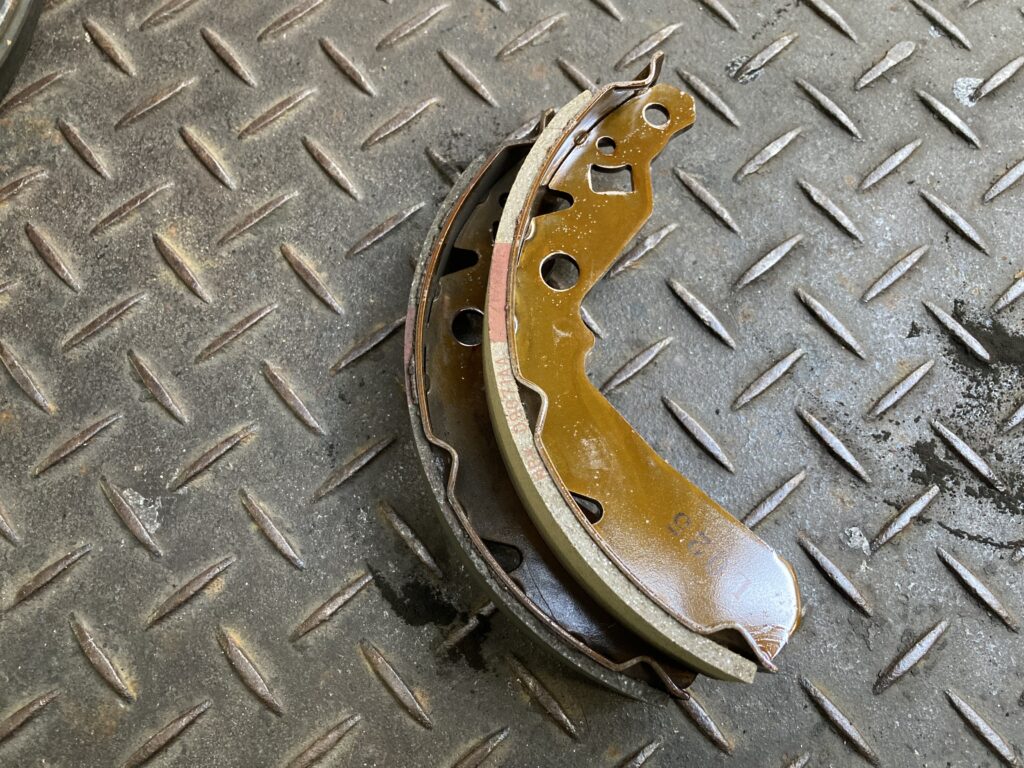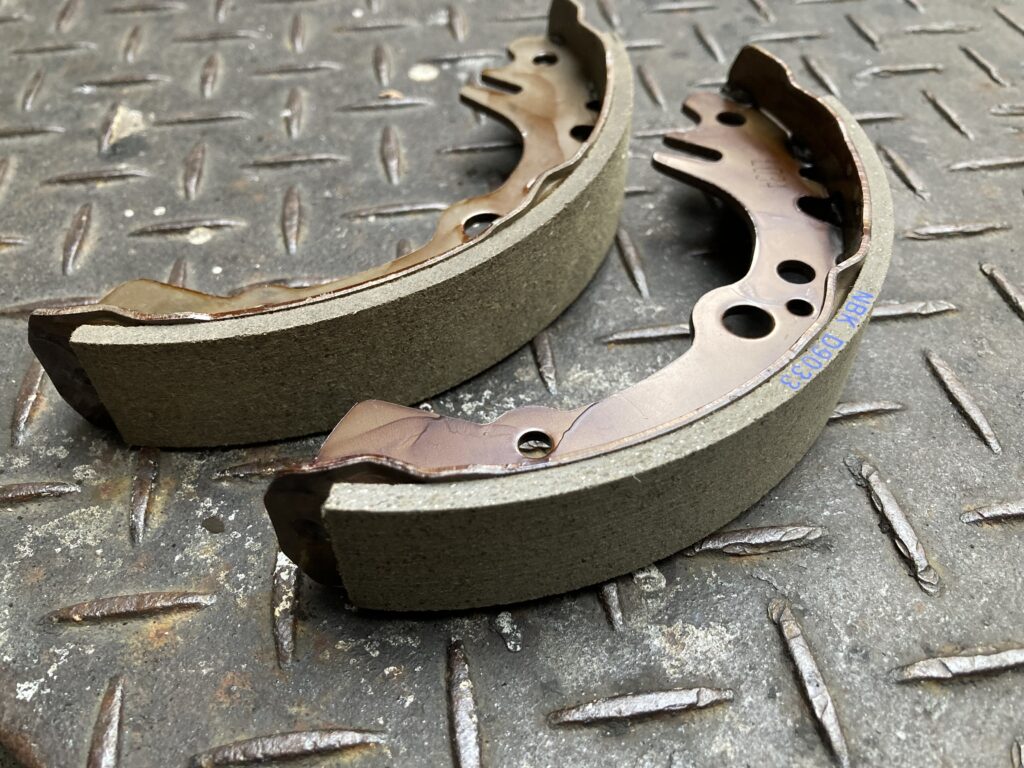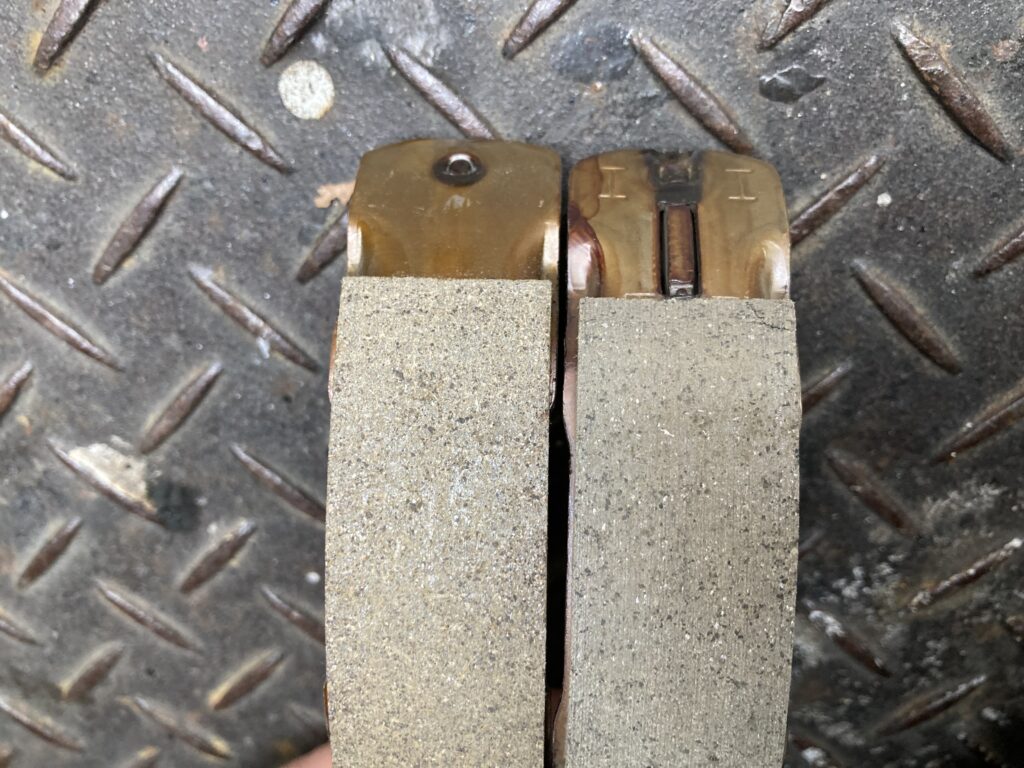When thinking about vehicle inspection and maintenance, some of you may remember having to leave your car at a repair shop for 7-10 days over 30 years ago.
Recently, with improvements in various vehicle performances including durability of parts, it’s not uncommon for inspection and maintenance to be completed on the same day for newer vehicles.
However, depending on mileage and vehicle age, consumable parts including lubricants need to be replaced, requiring a corresponding amount of work time. While scheduled parts can be prepared before the vehicle arrives, sometimes parts must be ordered after inspection.
Even if same-day return is difficult, for domestic cars, we generally proceed with inspection and maintenance planning for a 48-hour period.
My process involves inspection → disassembly and repair → final inspection, then taking the completed vehicle to the inspection station several kilometers away. I do this for multiple vehicles in parallel every day.
I believe fellow professionals in the industry similarly handle daily operations on tight schedules.
Now, the ball joint boot I replaced in the previous article was for a Daihatsu Mira that we had received for inspection and maintenance.
2009 model DBA-L275S KF-VE 4AT with 132,000km mileage
We had anticipated the crack in the ball joint boot before the car arrived, so the part was already ordered.
However, during the rear brake inspection, we discovered more brake shoe wear than expected.
We immediately placed an order, but despite being a consumable item, the genuine part wouldn’t arrive until the next day (of course, if we weren’t particular about genuine parts, they would typically arrive within hours). Next-day delivery means there was no stock at the regional parts center.
Since we had promised to return the vehicle 48 hours after receiving it, we prioritized the inspection this time.
To avoid failing at the inspection station, we performed the periodic inspection items, adjusted headlights and various parts, replaced the ball joint boot, and hurried to the inspection station.
Since February began, the light vehicle inspection station in Fushimi Kamitoba has been congested, and today there was a 1 hour and 15 minute wait from lining up to inspection.
And here are the Daihatsu genuine rear brake shoes that arrived the following afternoon.
The used one on the left has very little friction material remaining. Since it lasted over 130,000 kilometers, there’s really no choice but to use genuine parts.
The photo below is for reference, showing a comparison of brake shoes for a different Daihatsu model (L750S Naked). Left is aftermarket, right is genuine.
Of course, the shape (dimensions) is the same, but the genuine product has the supplier’s (NBK) imprint on the side of the friction material.
You can visually see the difference in texture on the friction material surface (left: aftermarket, right: genuine). The base plate component structure also differs. Aftermarket products often cause issues after installation, such as wearing out twice as fast, noise, braking effectiveness (jerky braking, etc.).
As mentioned earlier, aftermarket parts are supplied very quickly after ordering, covering for mechanics’ poor planning. Combined with the significant price difference, this might be why opportunities to order genuine parts have decreased, even knowing they offer the best performance.
MK Kashiyama [Brake Shoes Left & Right (Rear)] Z0043-10 [DAIHATSU] Mira [L275S/L285S] December 2006~





Leave a Reply